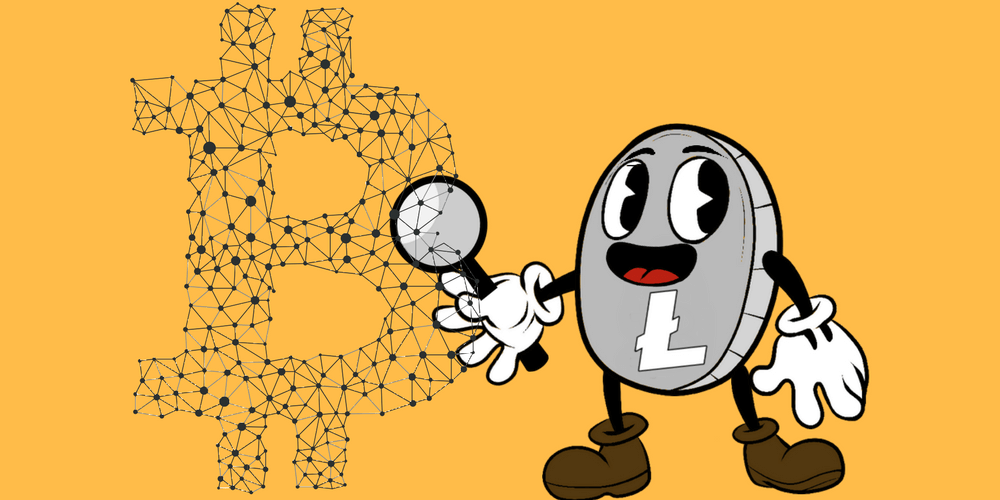
Litecoin, which is an altcoin that has long been marketed as the “silver to bitcoin’s gold”, was not the most difficult thing for creator Charlie Lee to launch. He simply took the Bitcoin Core codebase, changed a few parameters (such as the block time and mining algorithm), and then posted the new creation on bitcointalk.org.
More than six years after this initial launch, this close relationship to the code found in Bitcoin Core, which is effectively the reference implementation of the Bitcoin protocol, has become one of Litecoin’s greatest strengths.
After selling off the rest of his litecoin holdings, Lee is now focused on development around the base Litecoin protocol. While Bitcoin’s little brother did not need much in terms of its own development team in the past, the platform is now used as a way to test features that may eventually find their way onto the Bitcoin network.
Although it was originally thought that Litecoin would be a testbed for features that are already planned for eventual inclusion on the Bitcoin network, Lee is now prepared to implement some of his own ideas on Litecoin.
Litecoin’s Close Relationship with Bitcoin
Instead of doing much of their own development, Litecoin developers have relied almost entirely upon the work done by contributors to Bitcoin Core up to this point. Instead of writing their own code, the Litecoin development would routinely rebase the changes made in Bitcoin Core onto the reference implementation of Litecoin.
This allowed Litecoin to enjoy the same level of security and stability seen in the development of Bitcoin’s codebase, while also maintaining those tweaked settings included in the original release of the altcoin.
In fact, the codebase and features found in Bitcoin Core are more similar to what is found in Litecoin Core than any Bitcoin Cash (Bcash) node software. For example, Bcash does not include the Segregated Witness (SegWit) upgrade.
In the past, Lee has written about how SegWit will allow the two cryptocurrency networks to become more closely connected by way of atomic swaps on the Lightning Network.
SegWit was activated on Litecoin before Bitcoin, which lends credibility to the view of Litecoin as Bitcoin’s more nimble — albeit more centralized under Lee’s command with a potentially-higher cost of operating a full node — little brother. In the past, Lee has noted that he would like to see other improvements originally intended for Bitcoin, such as MAST and Confidential Transactions, implemented on Litecoin as soon as possible.
A New Method of Transaction Fee Estimation
On Friday, Lee tweeted an idea for better fee estimation on cryptocurrency networks. Proper fee estimation has become an issue for some bitcoin wallets as the Bitcoin network has become more congested. If a user pays a fee that is too low, their transaction could be left in limbo for hours, days, or even weeks. Having said that, there are solutions, such as replace-by-fee and child-pays-for-parent, which are intended to combat this issue.
Bitcoin users may also end up overpaying for their transaction if their wallet software of choice is not able to properly assess the current fee market.
Lee’s solution is to have miners place the lowest fee included in a mined block in that block’s header. A soft-forking upgrade to Litecoin would ensure that miners do not include transactions with fees lower than the minimum signalled in the block header.
According to Lee, litecoin wallet users will then be able to calculate the median fee based on miner signalling from the last 100 blocks, which should allow them to ensure that their transaction gets confirmed in the next couple of blocks. Since the minimum fee is included in the block header, this data is also available to Simple Payment Verification (SPV) clients.
When reached for comment, Lee told CoinJournal that a second reason behind the development of this new feature is that it will create a fee market where price signals are available on both the supply (miners) and demand (users) sides. Currently, the only signals for the Bitcoin and Litecoin fee markets are coming from the demand side by way of the transactions in the mempool.

